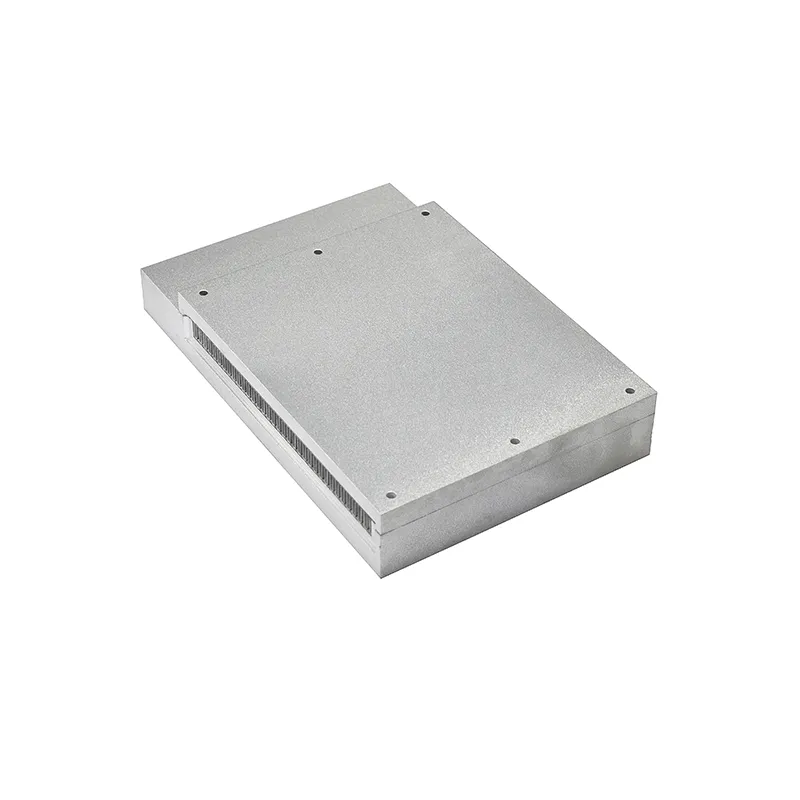The production of high-quality aluminum assemblies has entered a new era with the advent of advanced vacuum brazing techniques. In the realm of manufacturing, the "Vacuum Brazing Aluminum Factory" represents a pinnacle of technological innovation, where precision and quality are paramount.
The Evolutionary Path of Aluminum Vacuum Brazing
From its humble beginnings, vacuum brazing has transformed into an exacting process that combines the latest in automation, materials science, and environmental stewardship. Early brazing methods were labor-intensive and lacked the consistency that modern industries demand. However, today's state-of-the-art facilities have redefined what was once possible with this age-old joining technique.
Automated Production Lines
At the heart of these factories lie automated lines that feed aluminum components into vacuum furnaces with unerring precision. These lines are often integrated with robotic arms that handle the loading and unloading of parts, minimizing human intervention and reducing the potential for error. The entire process, from initial cleaning to final cooling, is orchestrated by computer-controlled systems that ensure each brazing cycle is executed perfectly every time.
Furnace Innovations
The vacuum furnace itself is a marvel of engineering. Designed to operate at precise temperatures and pressures, these furnaces create an environment where the filler metal can flow freely between the aluminum parts being joined, forming a strong bond without the formation of oxides or other contaminants. Advances in heating element technology and thermal management allow for more uniform heating, resulting in consistent and reliable results.
The Role of Filler Metals
Selecting the appropriate filler metal is critical to successful vacuum brazing. Factories invest in research to develop alloys that provide exceptional wetting properties, corrosion resistance, and high-temperature performance. These specialized filler metals are carefully chosen to match the specific requirements of the aluminum parts they are joining, ensuring optimal strength and longevity in service.
Quality Assurance and Testing
Maintaining a high standard of quality is essential, and modern vacuum brazing factories employ stringent quality assurance protocols. NDT technologies such as X-ray and ultrasonic inspection are routinely used to assess the integrity of brazed joints. Rigorous testing on sample components further validates the process parameters and ensures that each batch of products meets the highest standards before leaving the factory floor.
Eco-Friendly Practices
Sustainability is increasingly important in manufacturing, and vacuum brazing aluminum factories are no exception. Efforts are made to minimize energy consumption, reduce waste, and recycle aluminum scrap. By embracing eco-friendly practices, these facilities not only meet regulatory requirements but also contribute to a greener future for the industry.
Conclusion
The world of aluminum vacuum brazing has undergone a remarkable transformation, with modern factories leading the charge in producing top-quality brazed assemblies. From automated lines to innovative furnace designs, the integration of cutting-edge technologies has propelled these factories to the forefront of manufacturing excellence. As industries continue to seek lighter, stronger, and more complex aluminum components, the role of vacuum brazing aluminum factories will remain crucial in shaping the landscape of modern manufacturing.
